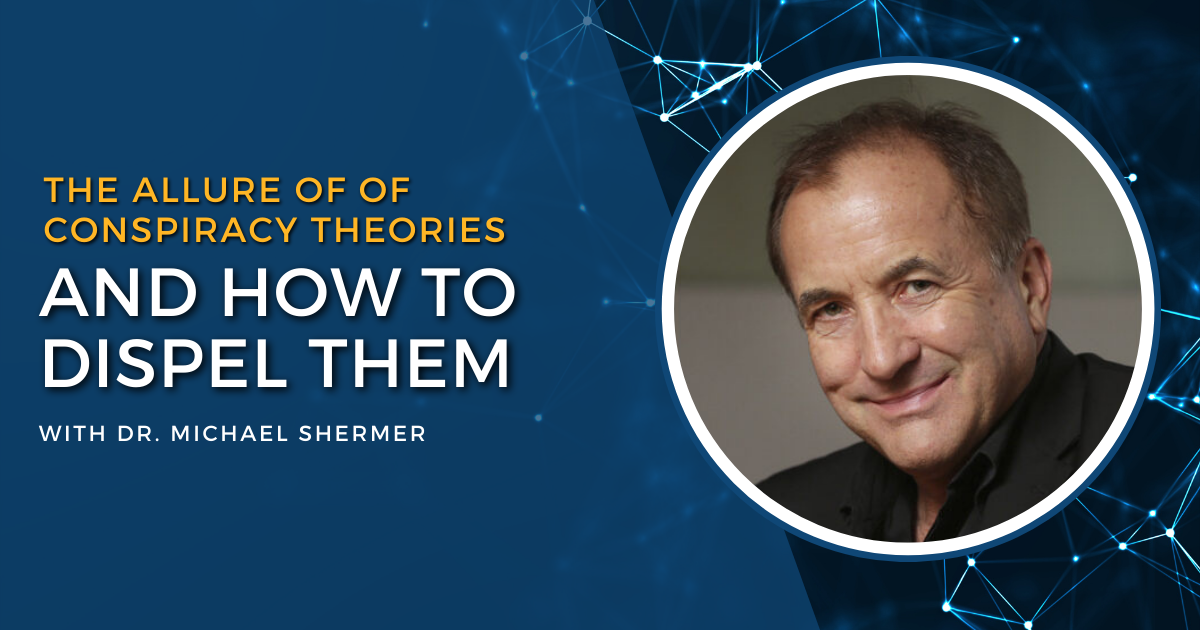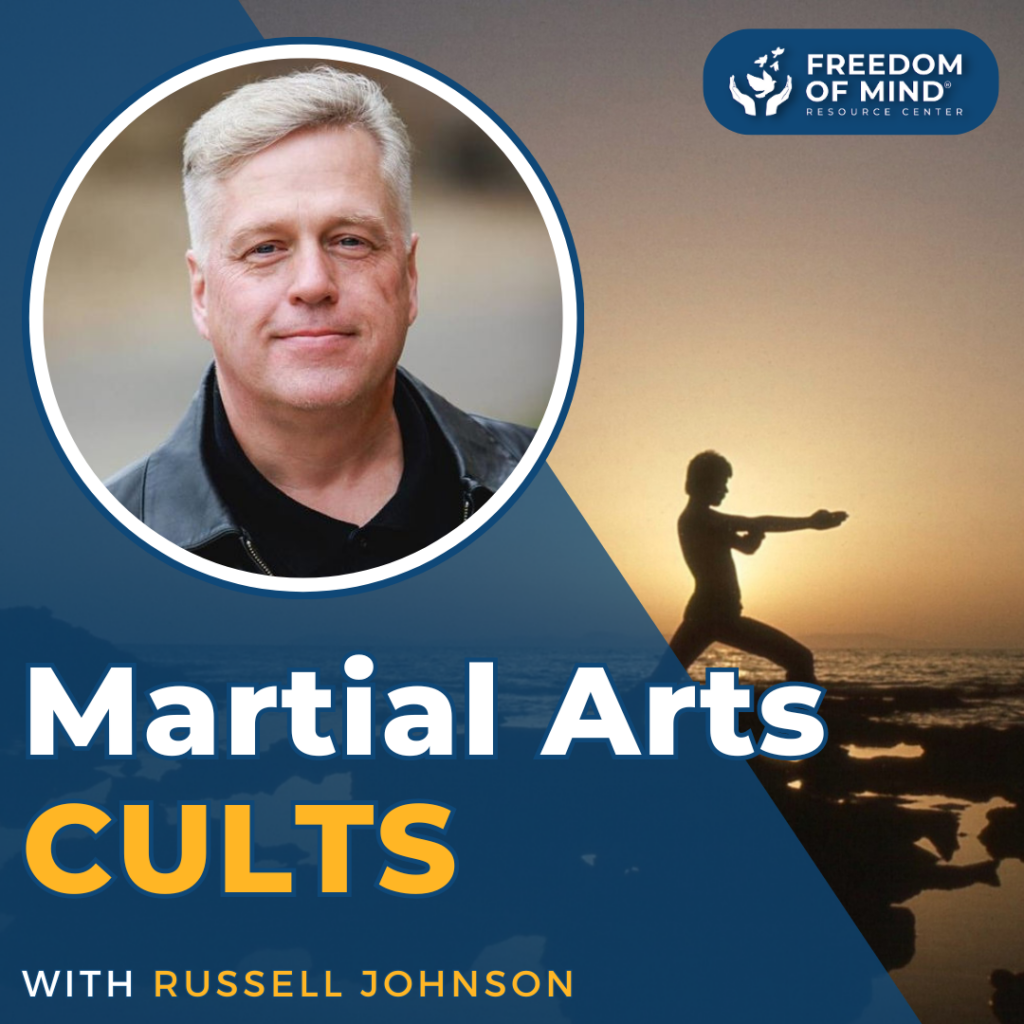
Photo courtesy of Jordi Play
Conspiracy theorists are often thought of as people on the fringes of society, believing ridiculous stories and wearing tinfoil hats while living in their parent’s basement. However, conspiracy theorists have become mainstream, and the damage they do is monumental. I spoke with Dr. Michael Shermer about this and his new book, Conspiracy: Why the Rational Believe the Irrational. Dr. Shermer is the Founding Publisher of Skeptic magazine, the host of the podcast The Michael Shermer Show, and a Presidential Fellow at Chapman University, where he teaches Skepticism 101. For 18 years, he has been a monthly columnist for Scientific American.
Conspiracy Theorist In Chief in the White House
I regularly use Shermer’s book, The Believing Brain, in many of my cases. This year, Dr. Shermer published this latest, perhaps his most important book, because “it was time obviously with the conspiracy theorist in chief in the White House.” He talks about how having a conspiracy theorist in the White House made the January 6th insurrection at the Capitol possible and the need to understand that we are not separate from those who stormed the Capitol. They are regular people with jobs, families, and careers, and they are white-collar workers, ex-military, and ex-police. Understanding what they were thinking and how they got there matters in knowing what steps to take to stop it.
What’s Next?
Dr. Shermer talks about the beliefs of the insurrectionists not being well thought out, as there was no plan for what would happen afterward. If they killed Nancy Pelosi and hanged Mike Pence, what was next? Dr. Shermer discusses that a lot of beliefs are like this, they are not carefully thought out, and they are something of a mob mentality where people believe what they have been told by the leader and go along with it without considering the end results and what those will mean.
We talk about the fact that people don’t join cults. They join groups they feel will be a good experience for them. Dr. Shermer discusses the idea that people do not think, “I believe this crazy idea because I’m crazy.” They think it’s true, and they are on the inside with secret knowledge, much like QAnon operated in getting the Q drops, which made people believe they had the “real knowledge” that no one else did.
The Biology of Fear and Belief
Dr. Shermer discusses how the biological evolutionary importance of reacting to a perceived threat works within conspiracy theorists, as well as type one and type two errors and how they play into the beliefs. He talks about it being a signal detection problem, stating when someone believes a conspiracy theory is true and it’s not, that’s a type one error, a false positive. A Type two error is a false negative, which in this context means a conspiracy theory is true but is not believed to be correct. This is seen as the more dangerous error to make because that could cost a person the ability to flourish in their life or even their life itself.
Dr. Shermer discusses the idea that we evolved this propensity to make more type one errors and to assume more conspiracy theories are true, even if they’re not, because it’s a low-cost error to make compared to missing an actual conspiracy theory. Additionally, because there are conspiracy theories that turned out to be correct such as COINTELPRO and MK-Ultra, there is a distrust of the government, making believing in false conspiracy theories much easier.
Proxy Beliefs
It’s important to understand these beliefs are sometimes a proxy for something else, such as the belief in Pizzagate really being a proxy for hating democrats because if someone truly believed there was a pedophile ring in the basement of a pizza restaurant, they could call the police, but that is not the action that is taken. Pizzagate had momentous consequences for everyone involved, including the innocent bystanders who suffered the trauma of having a gunman enter their workplace/the place they were enjoying an evening of pizza and games with family and friends.
This is why it’s paramount to understand how to discern healthy sources, how to think critically, using the prefrontal and frontal cortex to analyze beliefs. Dr. Shermer talks about truth mattering because people act on what they believe regardless of whether it’s true or not. This means knowing how to work through with someone whether what they believe is true. Dr. Shermer recommends showing them why the idea is wrong, that what they believe is actually false, so they don’t need to act on it.
Elements of Truth Should Be Evaluated
Dr. Shermer talks about criteria when evaluating a claim of a government coverup. For example, consider how many people would have to be involved. The more people who would need to be involved, the less likely it is true because of the elements that would need to come together to make it true and the near impossibility of all those elements and people aligning as they would need to.
A good example of this is the 9/11 conspiracy theories and how the criteria of the number of people involved and elements necessary would make it impossible to actually execute. Given the number of people that would need to be involved, at least one person would likely have come forward to talk about it, or someone around those involved would have done so, but that hasn’t happened, which lends credence to it not being a conspiracy.
Dr. Shermer talks about it being an essential criterion for conspiracy falsehood when people refuse to respond to evidence. An example of this was the “birther conspiracy” regarding President Obama’s birth certificate. Regardless of his providing both the short and long-form of it, people continued to believe it was fake. Many people would need to be in on that if it was actually fake, secretly planting evidence and making fake birth certificates. And yet, no one was caught doing so. The actual birth certificate was validated, and yet some people to this day this Obama was born in Kenya or is a Muslim. Neither is true.
Trusting Those in the Know and Using the Scientific Method
Facts matter from trustworthy sources and invite fact-checking. Shermer quotes from Jonathan Rauch’s book The Constitution of Knowledge: A Defense of Truth. It discusses knowledge as a defense of truth, free speech, and open inquiry and how the rules and standards of evidence help understand how to get someone to the truth behind their beliefs. These include fact-checking in journalism, blind and double-blind studies in science, and peer review. Dr. Shermer discusses the need to trust institutions because it’s not possible for every person to have the breadth of knowledge that people in a particular field have. The rules that govern that field and the competitiveness of those within the field typically mean they achieve consensus, and thus, the likelihood increases that they are correct with their hypotheses.
This is why the assault on experts in science is so concerning. Authoritarians who want to practice mind control can easily cause confusion, overwhelm, and exhaustion within people. They are doom scrolling on their social media, which reinforces false beliefs through repetition.
Questions and Answers: Debunking Conspiracies through Active Listening
We can hope to positively influence people by asking questions about how they form their beliefs and engaging with them in their process to understand rather than lashing out at them for believing something in the first place. Asking for sources and then asking how they know it’s true and what the counterarguments are, walking someone through their belief system from start to finish can be helpful in debunking false beliefs. The main and possibly most important component of all of this is respecting the other person, not allowing emotions to come into it, so you demonstrate you are open-minded. Additionally, repeating back to them what they said shows you are listening and paying attention to their arguments, which invites them to listen and pay attention to yours.
Undue influence is very much alive and well in our society. The internet makes it much easier to target people, particularly with it being so omnipresent and available. It’s important to understand how people become connected with these conspiracy theories and how to help them find a way out, and Dr. Shermer’s work is an excellent partner in this battle.
Dr. Shermer received his B.A. in psychology from Pepperdine University, his M.A. in experimental psychology from California State University, Fullerton, and his Ph.D. in the history of science from Claremont Graduate University. He has been a college professor since 1979, also teaching at Occidental College, Glendale College, and Claremont Graduate University, where he taught a transdisciplinary course for Ph.D. students on Evolution, Economics, and the Brain.
Resources:
Dr. Shermer’s Substack column
Why People Believe Weird Things
Giving the Devil His Due: Reflections of a Scientific Humanist
Follow Dr. Shermer on Twitter @michaelshermer.
Scripted Violence, Conspiracy Theories and Concerns
Conspiracy Theories, Cults and How to Help Friends and Loved Ones with Debunker Mick West




